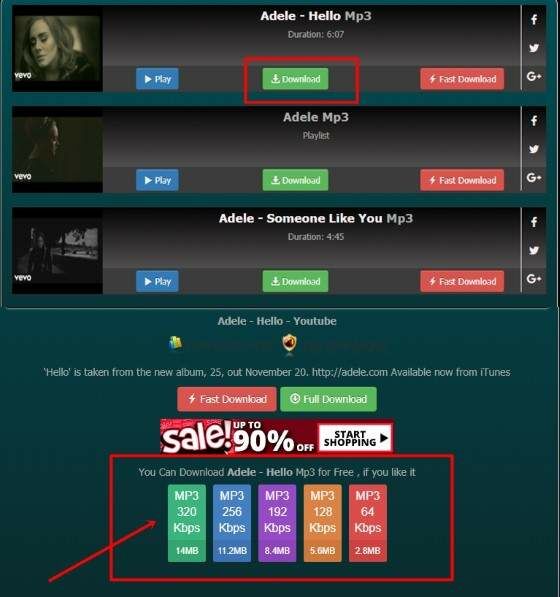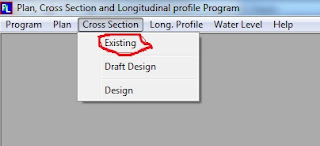
Based on this information, the program automatically calculates the elevation and position of the main points that define the geometry of each requested section. The data required are the main dimensions and depending on options chosen it may also be necessary to define the road layout. In case it is a printer, then the edited data is sent to its specified port, whereas for files, the data can be saved directly on them.Cross Sections is a software that draws in CAD the entire dimensioning of the deck cross sections of bridges, viaducts and other similar structures in 2D.

As previously mentioned, the target can either be a printer or a file. The application packs quite a handful of tools to account for all known potential print jobs, including font sample, form sample, image bitmap, make overlay, print areas, PRN file analysis and print or symbol set generation. Afterwards, users can select one of the desired print data languages from the list, which includes PCL, PCL XL enums, PML tags, HP-GL/2 as well as Symbols sets, paper sizes and fonts, depending on the target machine.


Getting started entails specifying the target printer or file, however, this solely needs to be done a single time as the application remembers the target. While technicians are able to quickly process the operation via the graphic interface, the PCL protocol ensures that the content is compressed and optimized for PCL and PCL XL.

To put it simply, the utility provides an object-oriented PDL optimized for printing from GUI interfaces, in this case Windows. PCL Paraphernalia is a lightweight collection of tools that allows technicians to print on PCL5 and PCL6 printers.


 0 kommentar(er)
0 kommentar(er)
